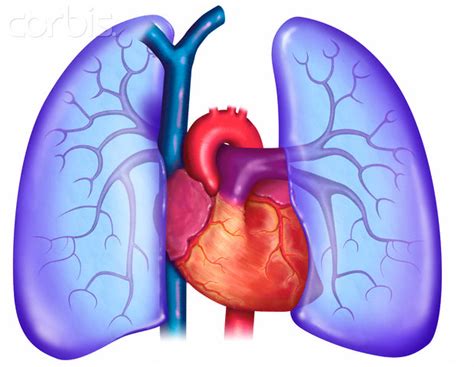
Chronic Obstuctive Pulmonary Disease (COPD) is a large group of lung diseases characterized by airflow obstruction and is often associated with symptoms related to difficulty breathing,
but can be present without any symptoms. Other lung conditions may develop for individuals with COPD, most frequently chronic bronchitis and emphysema.
The primary cause of COPD is smoking (80-90% of cases); however, an increasing number of epidemiologic studies have reported associations between indoor
and outdoor air pollution exposures and COPD, suggesting that environmental exposures could be driving a percentage of the remaining cases. The most prominent
indoor exposures are smoke from tobacco and the use of biomass fuels, while the most common non-occupational outdoor exposures are particulate matter (PM10 & PM2.5),
ozone, and sulfur dioxide from automobiles and industrial sources.
The Data Explorer presents information on the number of people who were hospitalized or who visited the emergency room for COPD during a year.
Learn More About Chronic Obstructive Pulmonary Disease:
CT DPH Chronic Obstructive Pulmonary Disease (COPD)
CDC Chronic Obstructive Pulmonary Disease (COPD)
American Lung Association COPD
COPD Foundation
 Chronic Obstuctive Pulmonary Disease (COPD) is a large group of lung diseases characterized by airflow obstruction and is often associated with symptoms related to difficulty breathing,
but can be present without any symptoms. Other lung conditions may develop for individuals with COPD, most frequently chronic bronchitis and emphysema.
The primary cause of COPD is smoking (80-90% of cases); however, an increasing number of epidemiologic studies have reported associations between indoor
and outdoor air pollution exposures and COPD, suggesting that environmental exposures could be driving a percentage of the remaining cases. The most prominent
indoor exposures are smoke from tobacco and the use of biomass fuels, while the most common non-occupational outdoor exposures are particulate matter (PM10 & PM2.5),
ozone, and sulfur dioxide from automobiles and industrial sources.
The Data Explorer presents information on the number of people who were hospitalized or who visited the emergency room for COPD during a year.
Learn More About Chronic Obstructive Pulmonary Disease:
Chronic Obstuctive Pulmonary Disease (COPD) is a large group of lung diseases characterized by airflow obstruction and is often associated with symptoms related to difficulty breathing,
but can be present without any symptoms. Other lung conditions may develop for individuals with COPD, most frequently chronic bronchitis and emphysema.
The primary cause of COPD is smoking (80-90% of cases); however, an increasing number of epidemiologic studies have reported associations between indoor
and outdoor air pollution exposures and COPD, suggesting that environmental exposures could be driving a percentage of the remaining cases. The most prominent
indoor exposures are smoke from tobacco and the use of biomass fuels, while the most common non-occupational outdoor exposures are particulate matter (PM10 & PM2.5),
ozone, and sulfur dioxide from automobiles and industrial sources.
The Data Explorer presents information on the number of people who were hospitalized or who visited the emergency room for COPD during a year.
Learn More About Chronic Obstructive Pulmonary Disease: